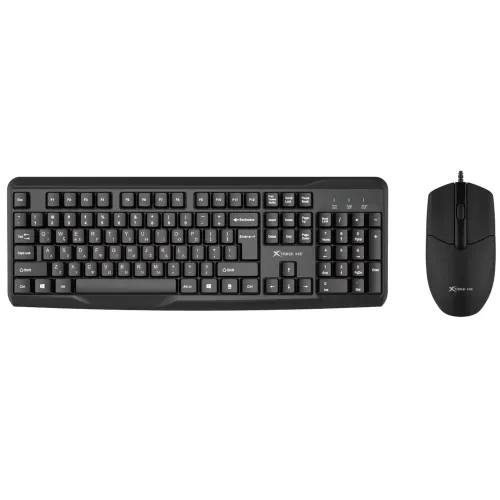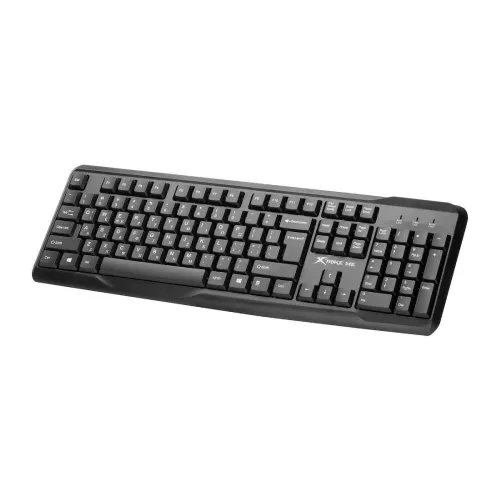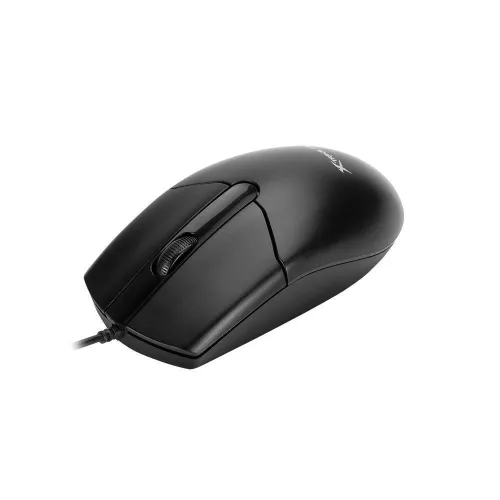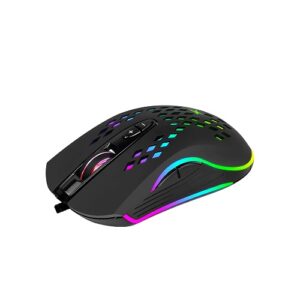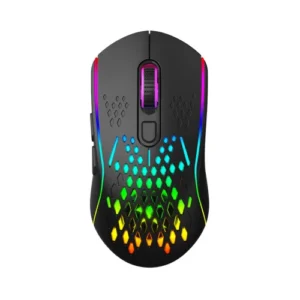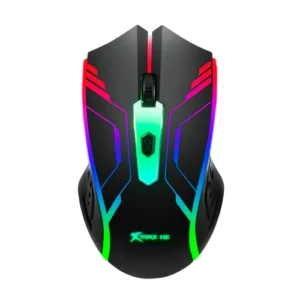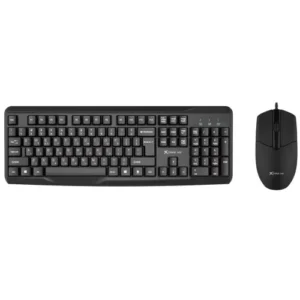Keyboard Specifications and Features
Understanding keyboard specifications is essential for both casual users and professional typists. A standard keyboard typically features a layout consisting of 104 keys, which includes alphanumeric keys, function keys, and multimedia controls. This layout is designed to cater to a diverse range of typing tasks, enhancing the overall user experience by providing familiarity and comfort during prolonged use.
One crucial aspect of keyboard durability is the switch lifecycle. High-quality keyboards are engineered to withstand extensive use, often rated for around 10 million clicks. This impressive longevity ensures that users can rely on their keyboards for extended periods without experiencing significant wear and tear. Enhancing both performance and reliability, these switches contribute to the overall value of the keyboard.
Connectivity is another critical factor in keyboard specifications. Most modern keyboards utilize a USB interface, allowing for a stable and fast connection to various devices. A cable length of 1.4 meters is commonly preferred, providing adequate reach while preventing clutter on the desk. This thoughtful design choice facilitates user convenience and mobility, accommodating different workspace setups with ease.
In terms of physical dimensions, a typical keyboard measures approximately 450 x 135 x 30 mm, enabling it to fit comfortably on standard desks. With a weight of about 435 grams, it strikes a balance between portability and stability. These specifications not only ensure that the keyboard remains easy to handle but also contribute significantly to ergonomics. The thoughtful arrangement of keys and overall dimensions can reduce strain on the hands and wrists, promoting healthier typing habits.
Ultimately, the combination of these specifications in a keyboard enhances usability and supports a broader range of user preferences, making them vital considerations for anyone in the market for a reliable input device.
Mouse Specifications and Functionalities
When it comes to selecting a computer mouse, understanding the specifications and functionalities can significantly enhance user experience. A typical model features a configuration of three buttons, which are designed to facilitate ease of interaction. These buttons usually include a left click, right click, and a scroll wheel, allowing users to perform a variety of functions efficiently.
One of the standout features of computer mice is the optical sensor, which, in this model, boasts a resolution of 1000 DPI (dots per inch). This specific DPI rating plays a crucial role in determining tracking accuracy and responsiveness. A higher DPI setting allows for more precise movements, making it ideal for tasks requiring careful cursor control, such as graphic design or gaming. The responsiveness attributed to the optical sensor ensures that even the slightest mouse movements are detected, promoting seamless navigation across applications and documents.
Additionally, the durability of the mouse is demonstrated by its switch lifecycle, rated at approximately 1 million clicks. This specification underscores the reliability of the device, providing reassurance to users that it can withstand heavy usage without a decline in performance. The optical tracking method featured in this mouse contributes to its functionality by utilizing light to detect surface movement, allowing users to achieve consistent tracking on a variety of surfaces.
Connection type is another critical factor, with this model utilizing a wired USB connection, which offers a stable and consistent connection without the lag often associated with wireless devices. The importance of cable length (1.35 meters) should also not be overlooked, as it provides ample reach for comfortable positioning of the mouse. Lastly, with dimensions of 120 x 60 x 38 mm and an overall weight of 70 grams, the mouse is designed for ergonomics and portability. Additionally, it comes with a warranty coverage of one year, enhancing consumer confidence in their purchase.
